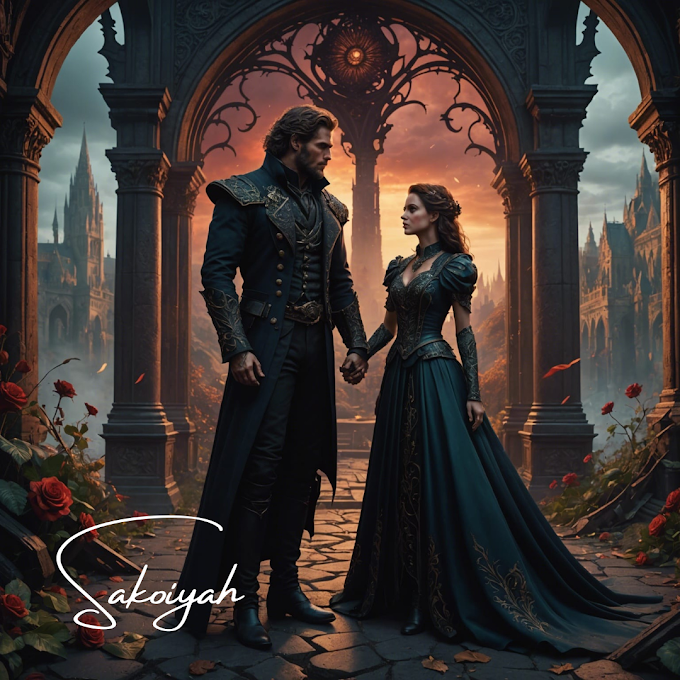1. The Call to Adventure
The Hero's Journey begins with a call to action, a moment
that disrupts the protagonist's ordinary world. This is where your story should
hook the readers, introducing a challenge or opportunity that propels the
protagonist into action. Consider the following:
- What
is the inciting incident that sets the story in motion?
- How
does the protagonist initially react to this call? Resistance or
acceptance?
2. Refusal of the Call and Mentorship
After the call, there is often a phase of reluctance or
hesitation on the protagonist's part. They might refuse the call due to fear or
self-doubt. This is when a mentor figure guides them, providing the
encouragement and wisdom to embark on the journey. Think about:
- Who is
the mentor or guide that will support the protagonist?
- How
does the mentor inspire and prepare the protagonist for the challenges
ahead?
3. Crossing the Threshold
In this stage, the protagonist crosses the threshold from
their familiar world into the unknown. This could be a literal journey to a new
place or a symbolic transformation. Here, the protagonist faces initial trials
and tests, establishing the story's stakes. Ask yourself:
- What
obstacles or challenges does the protagonist encounter as they enter the
unknown?
- How do these challenges showcase the protagonist's strengths and weaknesses?
4. Tests, Allies, and Enemies
During the journey, the protagonist encounters a series of
tests, gains allies, and encounters enemies. Each test is a stepping stone in
their growth and understanding of the world. Allies and enemies contribute to
the complexity of the story. Reflect on:
- What
are the significant challenges the protagonist needs to overcome?
- Who
are the allies joining the protagonist's journey, and how do they impact
the story?
5. Approach to the Inmost Cave
As the climax approaches, the protagonist faces their
greatest fear or obstacle, often represented as the "inmost cave."
This is a moment of self-discovery and transformation, where the protagonist
confronts their inner conflicts. Consider:
- What
is the central ordeal the protagonist must confront?
- How
does this ordeal force the protagonist to face their weaknesses and
limitations?
6. The Ordeal and Reward
The ordeal is followed by a moment of reckoning, a
confrontation that tests the protagonist's growth and resolve. Successfully
overcoming this ordeal leads to a reward, which could be a valuable insight, a
new skill, or a physical object. Explore:
- How
does the protagonist triumph over the ordeal?
- What reward
do they receive, and how does it set the stage for the final act?
7. The Road Back and Resurrection
On the journey back to the ordinary world, the protagonist
faces one last challenge, demonstrating their transformation. This could be a
final showdown or a test of their newfound wisdom. The protagonist experiences
a resurrection, emerging stronger and wiser than before. Ponder:
- What
is the last challenge that tests the protagonist's growth?
- How
does the protagonist demonstrate their transformation during this final
trial?
8. Return with the Elixir
The Hero's Journey concludes with the protagonist returning
to their ordinary world, armed with the Elixir—a lesson, insight, or boon they
gained during their adventure. This Elixir holds the potential to heal and
transform their world. Reflect on:
- How
does the protagonist's return impact their ordinary world?
- What
is the ultimate message or lesson you want readers to take away from the
story?




.png)

.png)




0 Comments